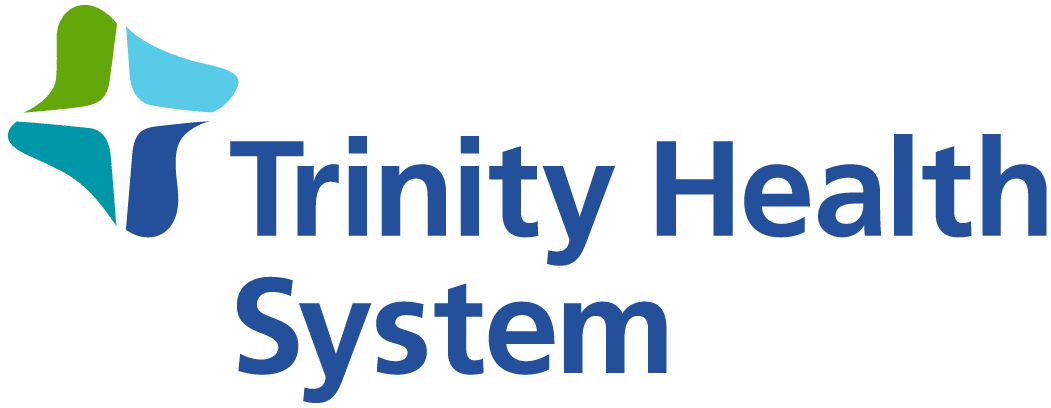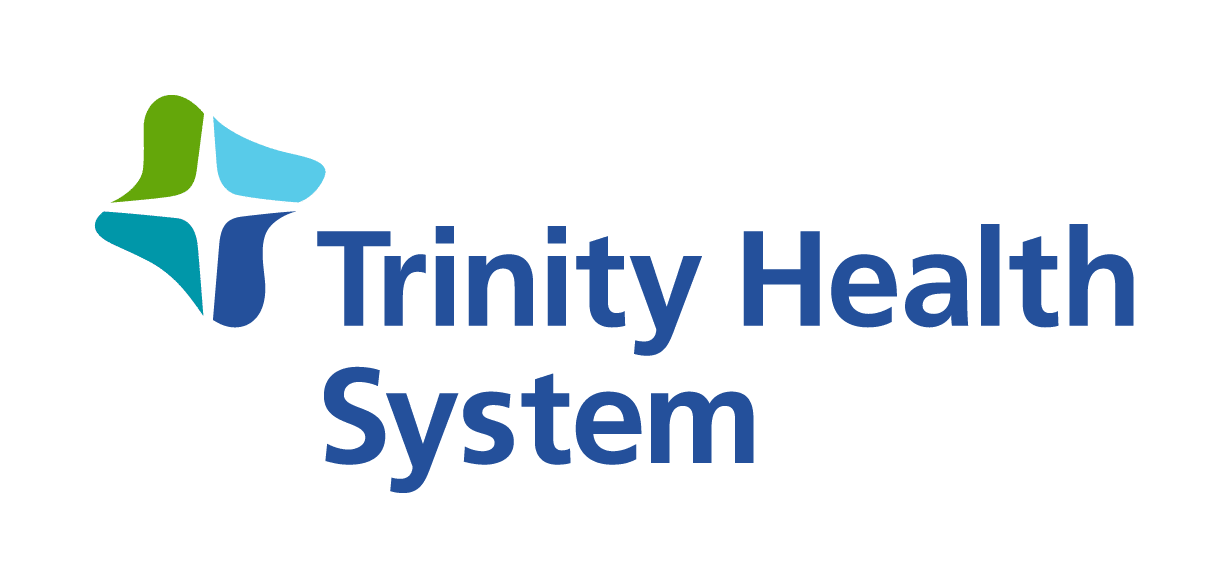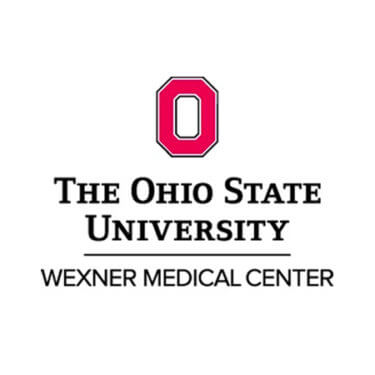Trinity Health System is now part of The Ohio State University Wexner Medical Center’s Telestroke Network. Ohio State is the hub for the Telestroke Network, which delivers Ohio State’s critical stroke expertise into 27 hospitals throughout Ohio.
“One of the major goals of the Telestroke Network is to increase access to advanced stroke care in regions of Ohio that do not have neurovascular and neurosurgical physicians. When someone is taken to one of those emergency departments with stroke symptoms, experts are mobilized both there and at Ohio State through a ‘stroke alert,’” said Dr. Deepak Gulati, a neurologist and stroke specialist at The Ohio State University Wexner Medical Center.
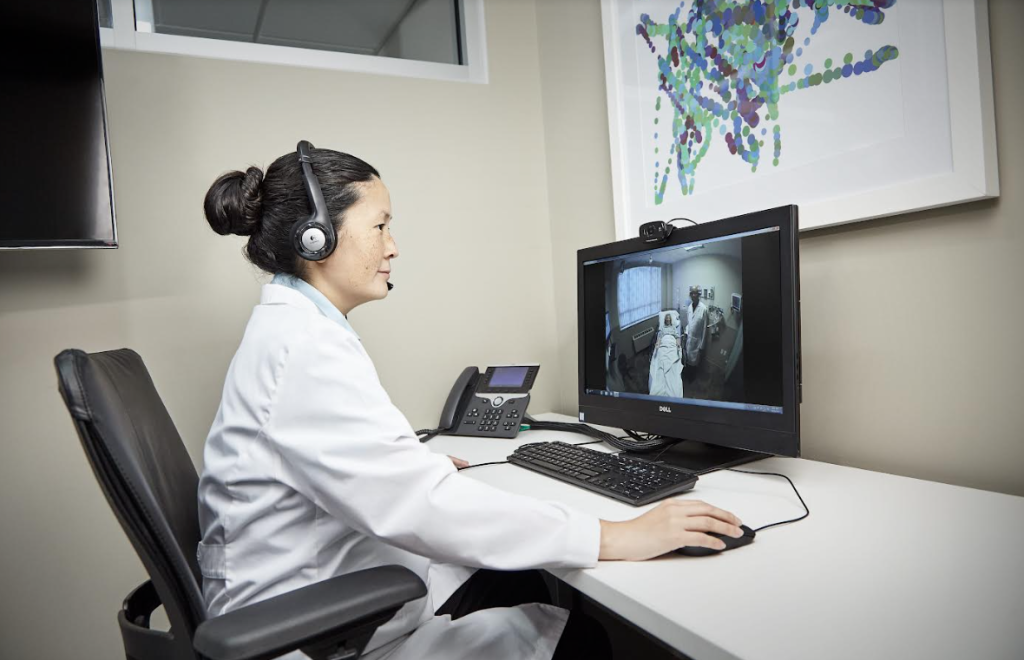
The Telestroke Network utilizes video technology that directly links Ohio State stroke specialists to the community hospital physicians. This allows Ohio State’s team to interview the patient, view test results and vital signs, and prescribe intravenous clot-buster medications to be administered within minutes.
Ohio State’s stroke specialists then work together with physicians at Trinity Health System to determine what the next best step is for the patient’s treatment. Acute stroke therapies try to stop a stroke while it is happening by quickly dissolving the blood clot or by stopping the bleeding.
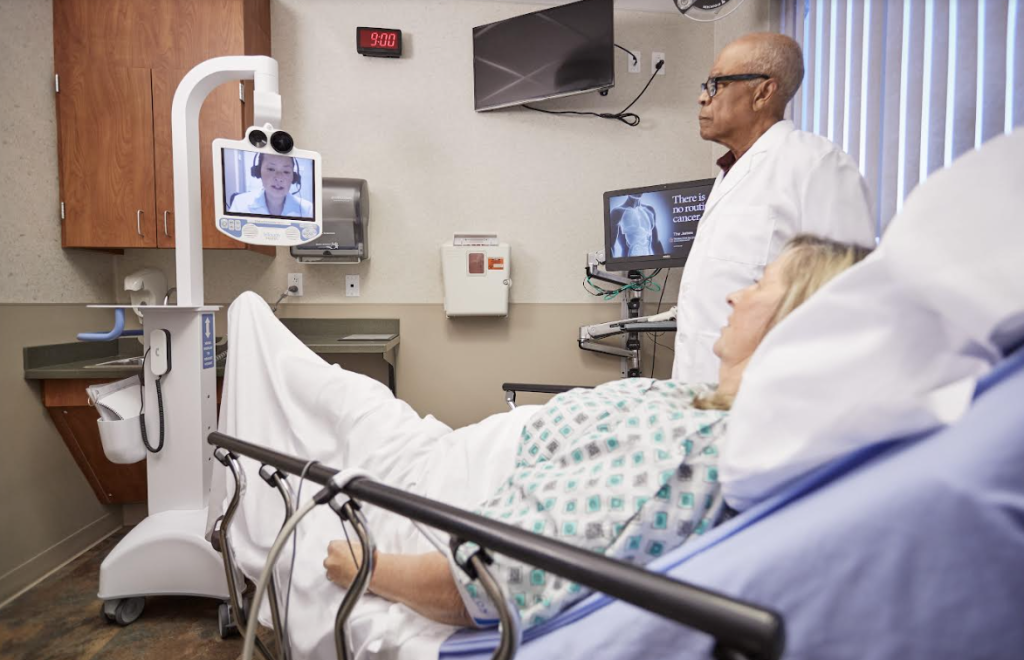
Patient outcomes improve with early action in treatment and restoring blood flow. Therefore, it is critical that treatment start as soon as possible. For every hour’s delay in medical treatment, the brain loses 120 million cells.
Sometimes patients can be successfully treated at their community hospitals. But if an advanced level of care is required, a transfer to Ohio State’s Stroke Comprehensive Center is arranged where endovascular neurosurgeons can remove clots with a stent retriever in a procedure called a thrombectomy that leads to better patient outcomes.
Ohio State’s surgeons are also trained in a specialized procedure to ensure that hemorrhagic strokes caused by ruptured brain aneurysms do not re-rupture and cause further damage.
Ohio State’s stroke team, which includes vascular neurologists, neurocritical care physicians, and vascular neurosurgeons who are part of Ohio State’s Neurological Institute, is available at any time to assist patients through the Telestroke Network.
When someone is having a stroke, every minute counts.
Strokes happen when blood flow to the brain stops. Within minutes, brain cells begin to die. That’s why stroke specialists often say “time is brain.”
There are two kinds of stroke. The more common kind, ischemic stroke, is caused by a blood clot that blocks or plugs a blood vessel in the brain. Hemorrhagic stroke is caused by a blood vessel that breaks and bleeds into the brain. “Mini-strokes,” or transient ischemic attacks (TIAs), occur when the blood supply to the brain is briefly interrupted.
Symptoms of stroke include:
• Sudden numbness or weakness of the face, arm or leg (especially on one side of the body).
• Sudden confusion, trouble speaking or understanding speech.
• Sudden trouble seeing in one or both eyes.
• Sudden trouble walking, dizziness, loss of balance or coordination.
• Sudden severe headache with no known cause.
Anyone with these symptoms should immediately call 911.
For more information on Trinity Health System services, visit trinityhealth.com.
# # #
Media Contact: Laurie Labishak, Trinity Health System Media Relations, 740-283-7296 | 740-391-2304 | [email protected]
Media Contact: Eileen Scahill, Wexner Medical Center Media Relations, 614-293-3737, [email protected]
